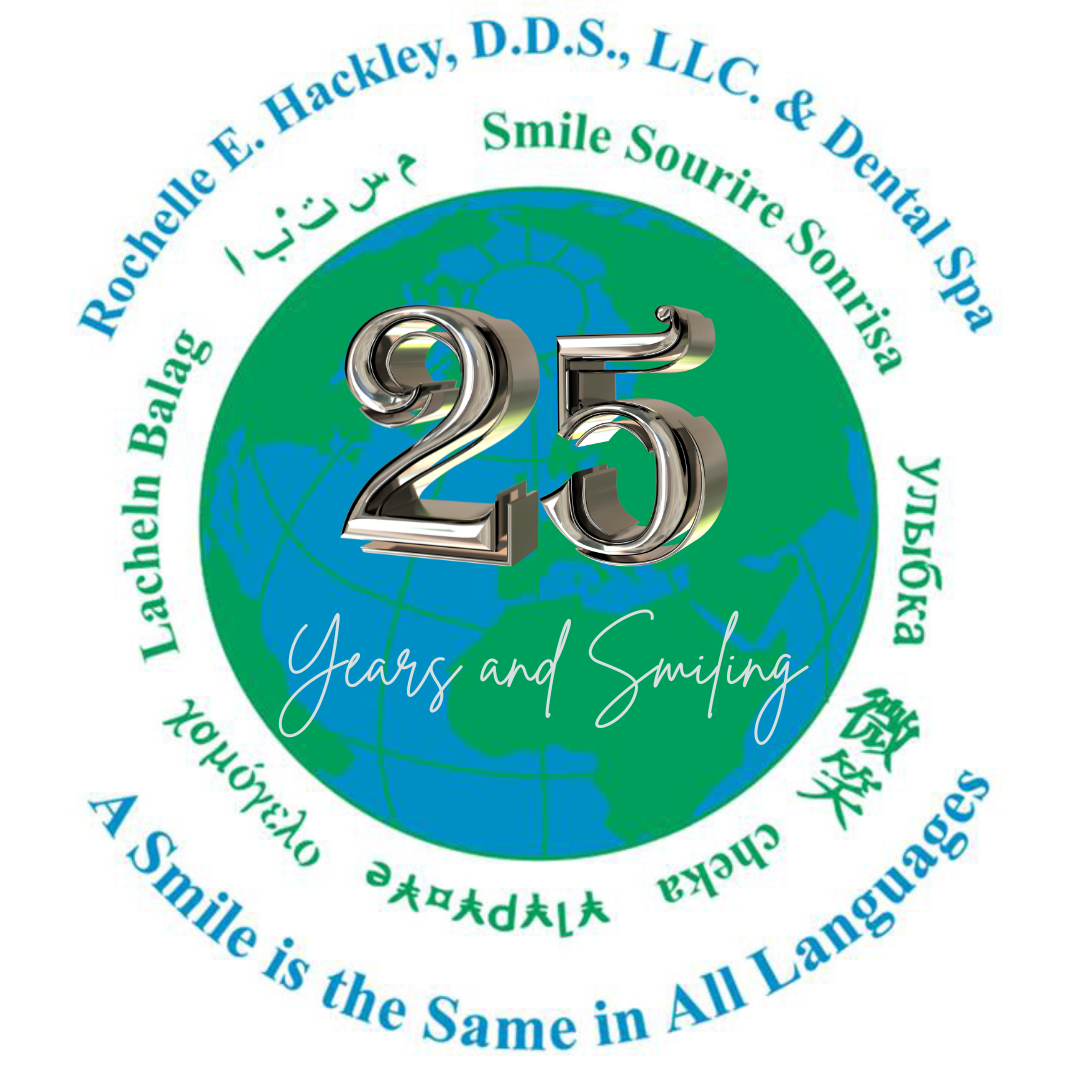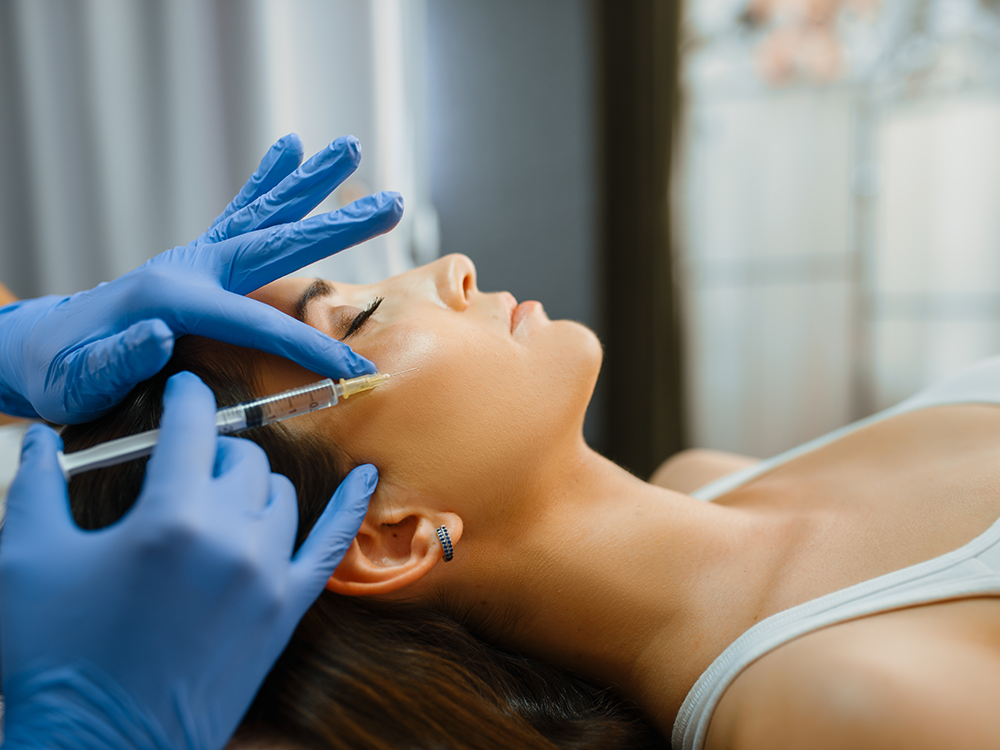Botox Potomac
Although the stigma surrounding Botox Potomac has decreased and education about the neurotoxin has increased, many people still assume that it’s exclusively a cosmetic treatment. And while Botox provides a safe, effective, and nonsurgical way to smooth skin, it also offers a number of medical and dental benefits.
Continue reading to learn all about Botox Potomac in dentistry, including how it works and indications for treatment.
What is Botox Potomac?
Botox Potomac is an FDA-approved injectable composed of botulinum toxin type A. It is cleared for a number of cosmetic and medical applications, including forehead lines, frown lines, crow’s feet, chronic migraines, hyperhidrosis, and overactive bladder.
How Does Botox Work?
When injected into overactive muscles, Botox blocks nerve impulses and prevents muscle contraction. This temporary paralytic effect inhibits unwanted expressions and movements to rejuvenate skin and alleviate symptoms.
What Issues Can Botox Potomac in Dentistry Address?
While neurotoxins are best known for their ability to relax wrinkles and counteract signs of aging, Botox in dentistry offers a number of unique benefits.
To start, Botox can be administered to overactive masseter muscles to decrease jaw clenching and teeth grinding (bruxism). In doing so, it may also decrease the frequency and severity of headaches associated with these conditions.
Over time, Botox injections have the ability to shrink enlarged masseter muscles, for a slimmer jawline and more contoured lower face.
Many patients also turn to Botox as a noninvasive way to conceal a gummy smile.
How Long Do Botox Results Last?
Botox in dentistry can produce results that typically last 3-4 months. After this time period, patients will need to undergo additional injections in order to preserve treatment benefits.
Learn More About Botox in Dentistry
For additional information about Botox in Rockville, Bethesda or surrounding areas, please contact our office today to schedule a consultation with leading cosmetic dentist Dr. Rochelle E. Hackley DDS.


0 comments on “Botox in Dentistry 101”